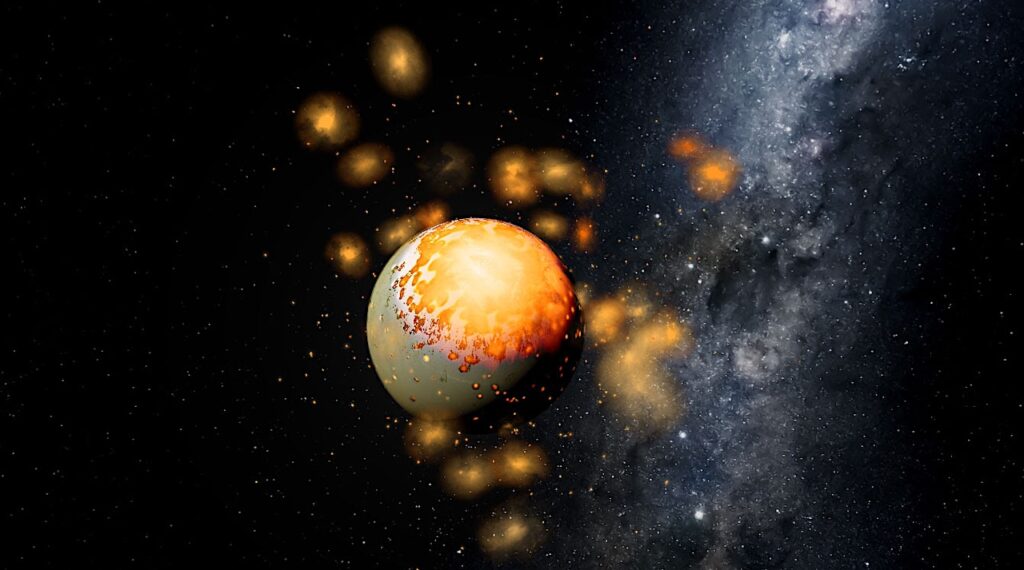Early Habitability And Crustal Decarbonation Of A Stagnant-lid Venus

Little is known about the early evolution of Venus and a potential habitable period during the first one billion years. In particular, it remains unclear whether or not plate tectonics and an active carbonate-silicate cycle were present.
In the presence of liquid water but without plate tectonics, weathering would have been limited to freshly produced basaltic crust, with an early carbon cycle restricted to the crust and atmosphere. With the evaporation of surface water, weathering would cease. With ongoing volcanism, carbonate sediments would be buried and sink downwards. Thereby, carbonates would heat up until they become unstable and the crust would become depleted in carbonates. With CO2 supply to the atmosphere the surface temperature rises further, the depth below which decarbonation occurs decreases, causing the release of even more CO2.
We assess the habitable period of an early stagnant-lid Venus by employing a coupled interior-atmosphere evolution model accounting for CO2 degassing, weathering, carbonate burial, and crustal decarbonation. We find that if initial surface conditions allow for liquid water, weathering can keep the planet habitable for up to 900 Myr, followed by evaporation of water and rapid crustal carbonate depletion.
For the atmospheric CO2 of stagnant-lid exoplanets, we predict a bimodal distribution, depending on whether or not these planets experienced a runaway greenhouse in their history. Planets with high atmospheric CO2 could be associated with crustal carbonate depletion as a consequence of a runaway greenhouse, whereas planets with low atmospheric CO2 would indicate active silicate weathering and thereby a habitable climate.
Dennis Höning, Philipp Baumeister, John Lee Grenfell, Nicola Tosi, Michael J. Way
Subjects: Earth and Planetary Astrophysics (astro-ph.EP); Geophysics (physics.geo-ph)
DOI: 10.1029/2021JE006895
Cite as: arXiv:2109.08756 [astro-ph.EP] (or arXiv:2109.08756v1 [astro-ph.EP] for this version)
Submission history
From: Dennis Höning
[v1] Fri, 17 Sep 2021 20:34:08 UTC (5,620 KB)
https://arxiv.org/abs/2109.08756
Astrobiology,








